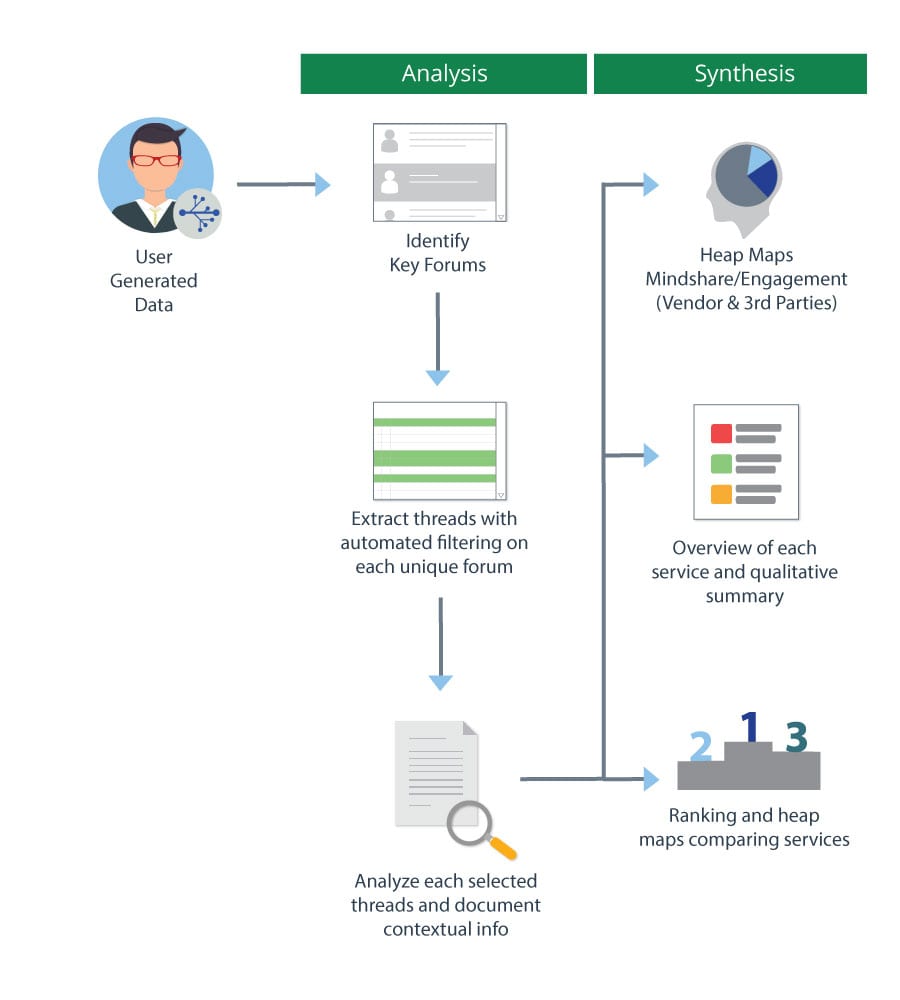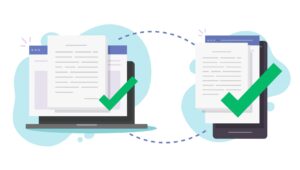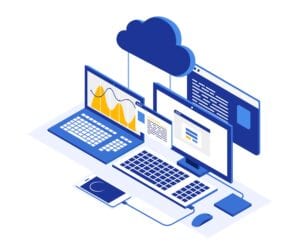Analyse social media and user generated data to understand how Online Communities perceive your organization, brand, products and services.
In a context where consumers are massively and actively using social media platforms (Facebook, Twitter, forums, etc.) to communicate and discuss their interests, companies have much to learn from the data they generate. Indeed, social media platforms end up being the place where consumers engage in conversations and express their opinion about brands, products, and services. The analysis of these data allow businesses to gain insight on how the consumer perceive them and their competitors, which enable then to engage in new strategies and improved decision making processes. Such analysis is referred to as “Sentiment Analysis”.
The challenge today’s organizations are facing is the fact that these data – while most insightful – are numerous and unstructured; meaning that they do not follow a pre-defined data model or are not organized in a pre-defined manner, which can make their analysis extremely laborious without the appropriate tools.
How does it work?
Sentiment Analysis or Opinion Mining, is the use of data analytics tools to decipher social media platforms’ unstructured data. It uses user-generated content such as comments, conversation threads, reviews, messages, to understand how people think about a peculiar topic.
Traditionally, unstructured data – that comes in high volume, velocity and variety (thus referred to as Big Data) – were very difficult to analyze when relying on classic data management systems. Data analytics technologies such as Hadoop, HDInsight, SQL Server, and social media algorithms made possible for businesses to make sense of unstructured data in social media in order to understand the sentiment of the consumers in real-time; tracking how people think, talk, and feel about a brand.
Loading the social media data into the enterprise BI platform enable companies to visualize how customers feel about their brand or products, and ultimately provides the insight needed in the form of reports on the way your brand is perceived by the online communities.
Sentiment Analysis is the perfect solution for companies that:
- Just released a product or services and wish to get feedback on how they are being received by the public
- Want to monitor the effects of their latest marketing campaign or stunt
- Strive to gain insight on their general brand image perception within the market
Here is an example of the process applied to extract, collect, analyze and deliver key information on the sentiment of consumers active on forums:

I have all these Feels
Sentiment Analytics solutions provides reports and metrics on the way your brand is perceived. Traditionally, the metrics generated are the following:
- User sentiment: positive, negative or neutral
- Mindshare: represent interest as measured by views
- Engagement: measure interactions between users
- Weighted mindshare: average views extended to total number of threads/posts/likes/reviews
- Weighted engagement: average engagement extended to total number of threads/posts/likes/reviews
- Impact Composite: combines aggregate sentiment and engagement
So what can you expect when implementing a Sentiment Analytics solution? It turns out that the results delivered are numerous and highly valuable for businesses on the short and long run:
- Give key information to enhance product/service value and offering
- Identify and target key influencers
- Generate new leads and opportunities by incorporating social sentiment insight into sales/marketing campaigns
- Improve customer service and preventive actions, which in turn enhance consumer loyalty
- Enable more advanced R&D and ‘beta testing’ of their product/service appeal
- Improve organization overall capabilities
With the coming of the “Data Revolution” and advanced analytics technologies, Sentiment Analysis is now able to provide insights that would normally require expensive traditional research, and is ultimately changing the dynamic between consumers and businesses.
And on that note, I will let you ponder this quote from Alan Alda: “Listening is being able to be changed by the other person.”





